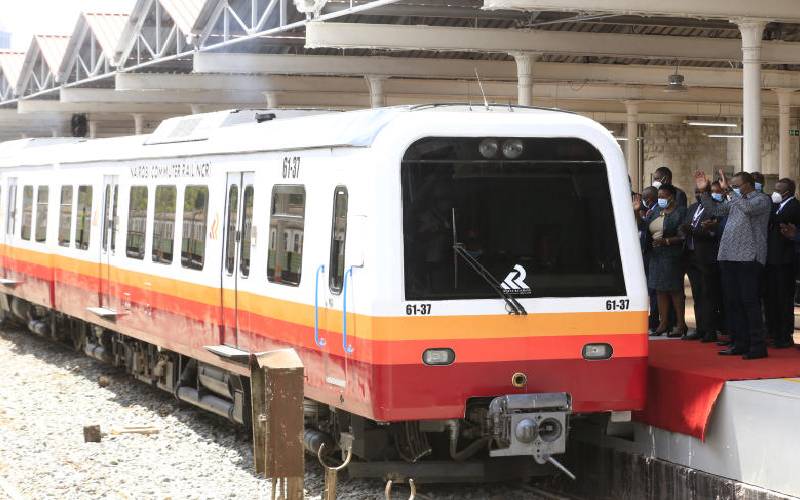×
The Standard e-Paper
Home To Bold Columnists

President Uhuru Kenyatta has commissioned five new trains, which are part of the ongoing efforts to ease transport for residents of Nairobi.
Uhuru yesterday unveiled the Diesel Multiple Units (DMU), part of plans to revamp the Nairobi Commuter Rail System, aimed at reducing traffic congestion within the city.